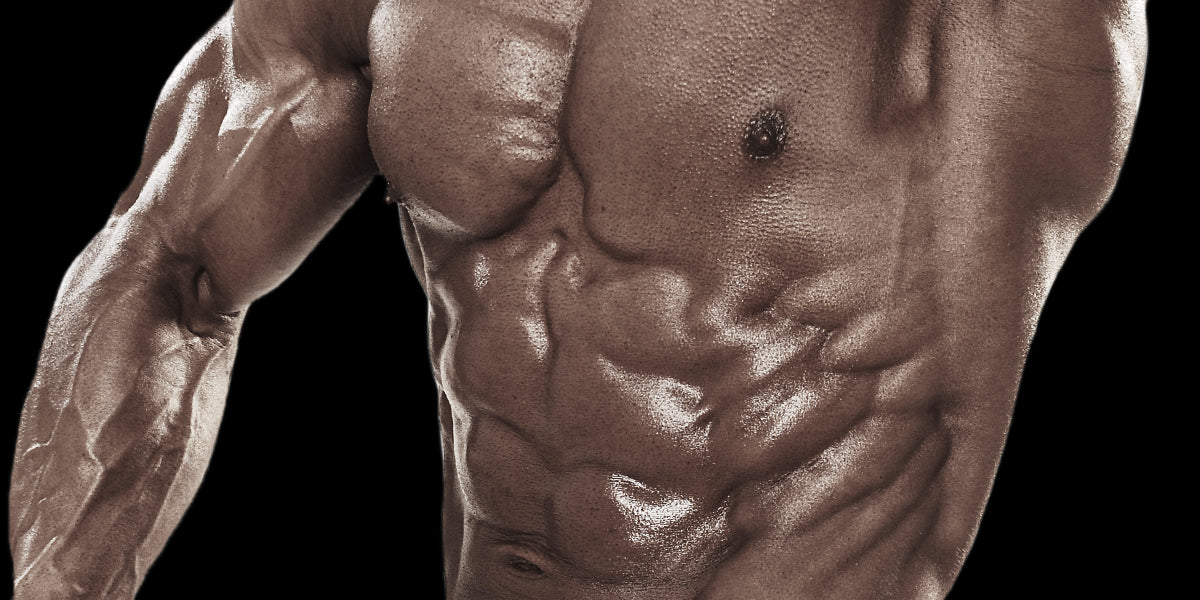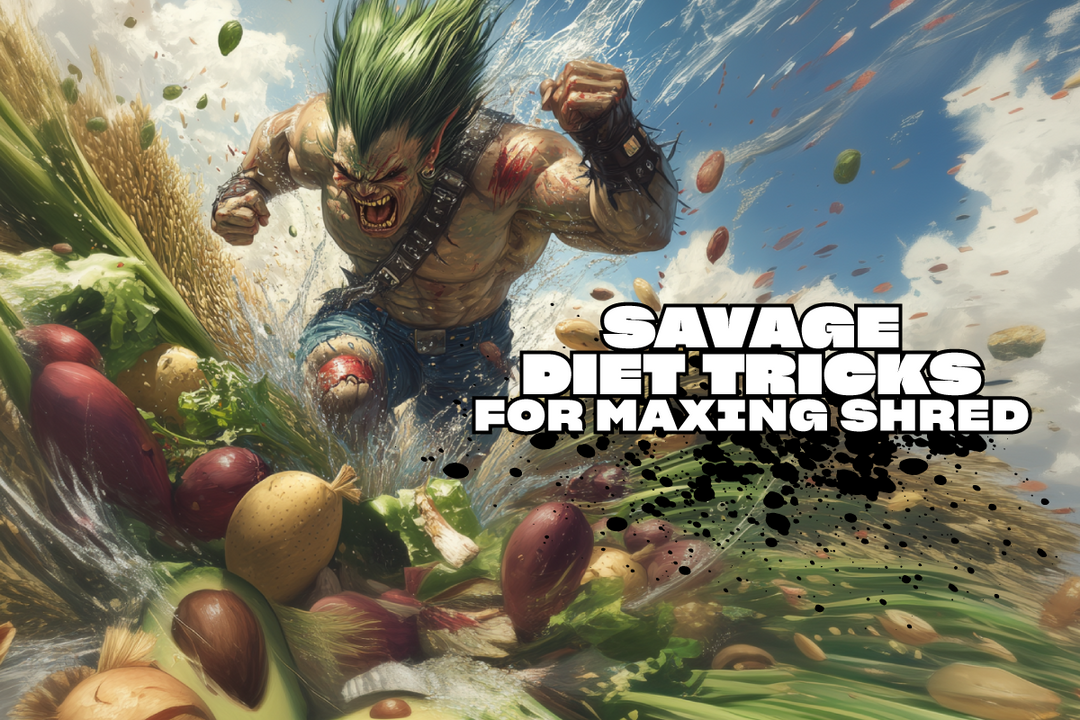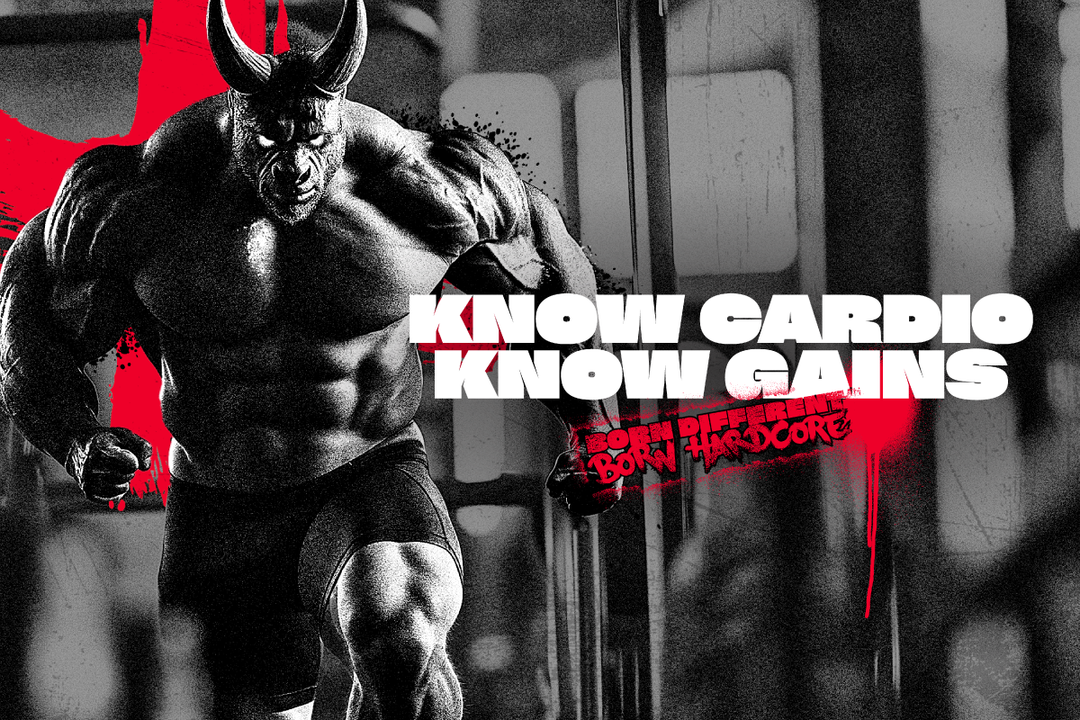Cutting Weight

There are many diets that claim to aid weight loss. The one thing that is common among these diets is that they create an energy deficit; therefore, weight loss will follow. The characteristics of certain diets can sometimes, however, be unrealistic for certain individuals, such as restricting certain foods or having to eat too much of other foods that may not satisfy that individual's taste buds. Ultimately, the best diet is one that the individual can adhere to.
With any diet, patience is required to achieve your goal over time and not expect a “quick fix.” Try and aim for a loss of between 0.5 and 1 kilogram a week to be more realistic. Measure your diet a year from when you started, not the six weeks afterwards, where some extreme diets are only limited to.
As a general calculation, the basal metabolic rate (BMR) of an average male is around 1800 kcal per day and 1400 kcal per day for a female. This means that the lowest amount of energy a person’s body uses up in a day is either 1800 kcal or 1400 kcal. Indeed, each individual also expends energy walking, sitting, and training, which means that the total daily energy expenditure is much higher than the BMR. On average, add another 1000 kcal. If your goal is to lose weight, then you must eat less than the energy expended, and so consuming around your BMR means that you will lose weight. A deficit of 1000 kcal per day is likely to result in about 0.7 kilograms of weight lost in a week. Ensure to watch the energy content of the meals you eat in a day—small, frequent, and nutritious.
I often get asked, “But how much weight can I lose?” The amount of calories cut from the diet and the length of time it is maintained will determine how much weight is lost. Every pound of pure body fat that is metabolized yields approximately 3500 kcals. Thus, a daily caloric deficit of 500 kcals theoretically results in approximately one pound of body fat being lost per week. Indeed, the primary target of weight loss is body fat and not muscle.
Therefore, adequate protein consumption during any diet or contest preparation is required to support maintenance of muscle mass. Athletes require increased protein intakes to support increased activity and strength, and athletes benefit from higher intakes to support growth of lean mass. An easy and low-calorie option would be to consume our MUTANT ISO SURGE protein in between meals to make hitting those protein macros a bit easier.
The shared agreement among researchers is that a protein intake of 1.2 to 2.2 g/kg is sufficient to allow adaptation to training for athletes (Phillips, 2006). However, bodybuilders during their contest preparation period typically perform resistance and cardiovascular training, restrict calories and achieve very lean conditions (Lambert et al, 2004). Each of these factors increases protein requirements, thus, optimal protein intakes for bodybuilders during contest preparation may be significantly higher than existing recommendations.
Satiety and body fat loss generally improve with low-carb diets, specifically with higher protein to carbohydrate ratios (Halton & Hu, 2004). Indeed, from an aesthetics point of view, it’s common among bodybuilders to lower their carb intake and increase protein intake to maximize fat oxidation and preserve muscle mass (Phillips & Van Loon, 2011). However, the optimal reduction of carbohydrate and point at which carbohydrate reduction becomes detrimental likely needs to be determined individually. As training intensity can vary daily, as can the general activity of any individual, it's important not to maintain a low-carb state every day. Instead, opt to be carb smart and increase carb intake the more active you are and lower your carbs on less active days. Remember, fuel for the work required.
For a general 70-kilogram athlete, these carb guidelines may give you a better indication of where you’re at, but again, these can vary from one individual to another.
<200 g - Low
200-400 g – Moderate
>400 g – High
Carbohydrate and protein in sports nutrition are often stressed over that of dietary fat. Consequently, recommendations typically focus on maintaining sufficient fat intake while emphasizing carbohydrate to protein ratios. Fat intakes between 20 and 30% of calories have been shown to optimize testosterone levels in strength athletes (Bird, 2010). However, when dieting, this intake may compromise sufficient protein or carbohydrate intakes. Accordingly, a lower end fat intake between 15 and 20% of calories, which has been previously recommended for bodybuilders (Lambert et al, 2004), can be deemed appropriate.
- MUTANT ISO SURGE (Low-calorie, fast-absorbing, high-quality protein)
- MUTANT MCT OIL (alters our body’s metabolism to oxidize more fats)
- MUTANT CAFFEINE (increases exercise capacity especially when training in an energy deficit)
Steve O'Mahony, BSc MSc
Performance Nutrition
References:
Bird SP: Strength nutrition: maximizing your anabolic potential. Strength Cond J 2010, 32:80–86
Halton TL, Hu FB: The effects of high protein diets on thermogenesis, satiety and weight loss: a critical review. J Am Coll Nutr 2004, 23:373–385.
Lambert CP, Frank LL, Evans WJ: Macronutrient considerations for the sport of bodybuilding. Sports Med 2004, 34:317–327
Phillips SM: Dietary protein for athletes: from requirements to metabolic advantage. Appl Physiol Nutr Metab 2006, 31:647–654.
Phillips SM, Van Loon LJ: Dietary protein for athletes: from requirements to optimum adaptation. J Sports Sci 2011, 29(Suppl 1):S29–S38.




